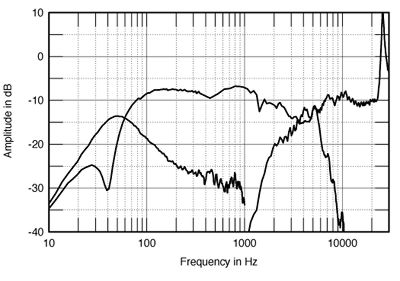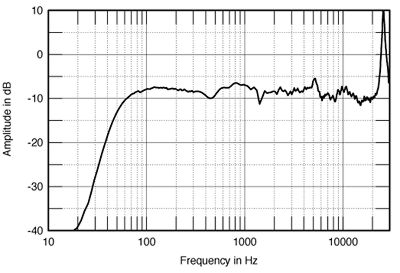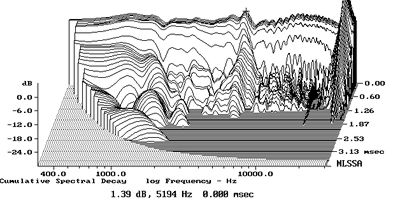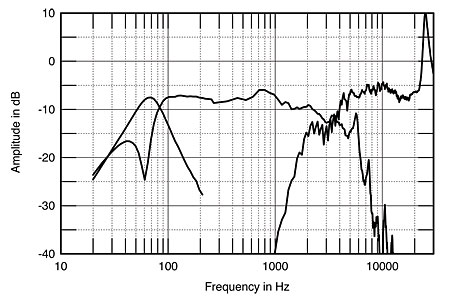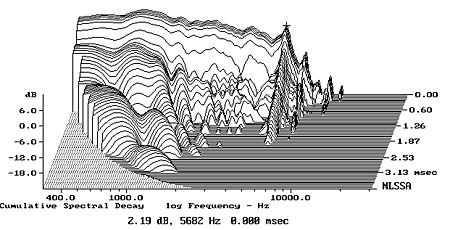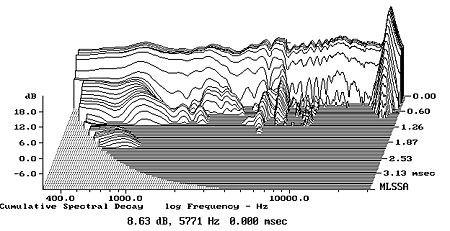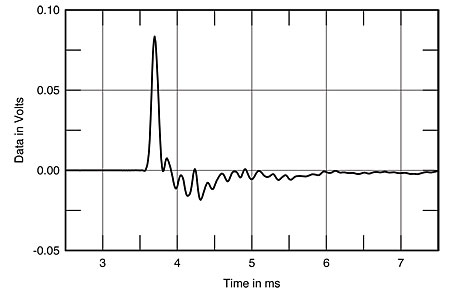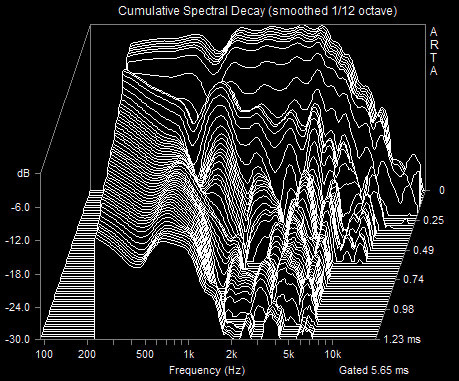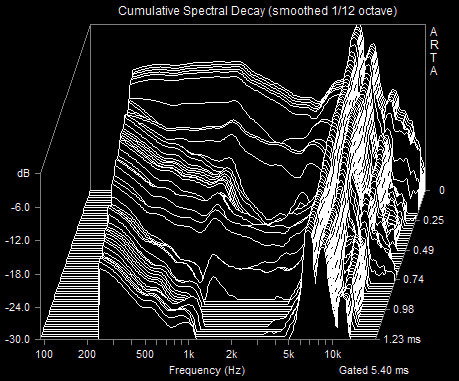- Joined
- Jul 23, 2019
- Messages
- 480
- Likes
- 505
Speaker drivers, like speakers themselves are inevitably a compromise. The main draw for metal cones is their rigidity and no breakup modes up to relatively high frequencies. As discussed earlier, they will very much require some attention in the crossover, possibly a notch filter if need be, ... Of course, there is nothing keeping a driver designer from applying the same electrical design to other cone materials and possibly ending up with an about equally well-performing but less quirky unit.
It's clear, now even more so than in the past, that speaker drivers are difficult to design to get a smooth response. However, one needs to take a quick look at the published natural on-axis response curves of drivers such as the KEF B200 and B110 series from yesteryear to see that a smooth on axis behaviour can be obtained (decades ago). The following (translated) quote seems to be quite relevant and applicable in broad terms to the situation whereby the SEAS woofer might typically be chosen instead of other measurably better performing drivers:
"Membrane substances and their composition are sometimes reported as real wonders combined with mysterious backgrounds, but evaluable and scientific statements in the German-speaking world are avoided as much as possible, [...]."
From: Heinz Sahm, Arbeitsbuch für Lautsprecher-Systeme, 1987, p. 98.
Looking at the SEAS woofer and other drivers with significant high-Q break-up modes in their passband, typically those using aluminium and magnesium diaphragm materials, it would seem that they are falling into the very trap described by Sahm.

